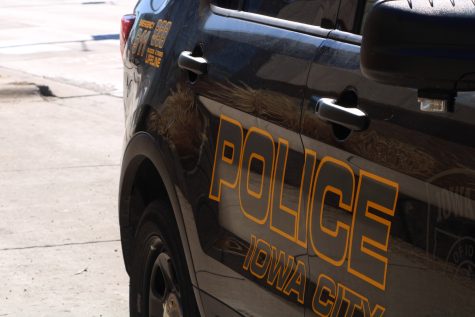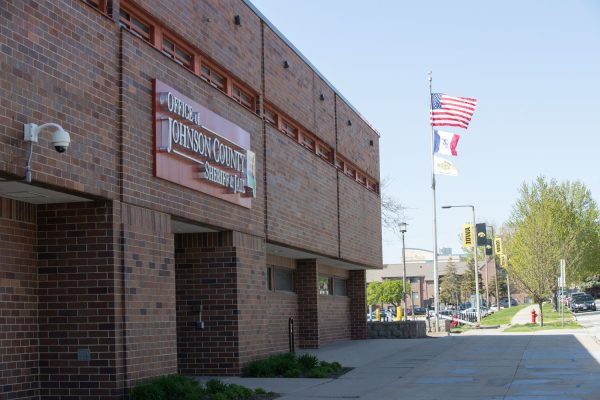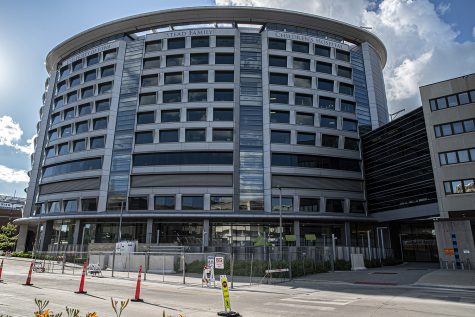Jackson trial: Jackson’s prints found on murder weapon, some prints inconclusive
Testimonies from day three of the trial on Wednesday revealed that Jackson’s palm print was found on the murder weapon.
January 18, 2023
Alexander Jackson — who is charged with the killings of his family members — sat in the Linn County courtroom on Wednesday while investigators took the stand to recall details of DNA collection and the murder weapon’s usage.
Testimonies during the third day of the trial of Alexander Jackson, a former University of Iowa student, revealed that a palm print of Alexander Jackson’s were recovered on murder weapon.
Alexander Jackson faces three counts of first-degree murder for the killings of his father Jan Jackson, 61, mother Melissa Jackson, 68, and sister Sabrina Jackson, 19, who was a UI student at the time.
At 8:23 a.m. on June 15, 2021, Jackson called 911 and told police that an intruder — who he described as a Black man wearing black clothes and green shoes — entered his family’s home and shot and killed his family members. Jackson said the intruder also shot him in the foot.
Police identified a 22-caliber Browning semi-automatic rifle using Remington brand ammunition as the murder weapon. The rifle was found lying by Jan Jackson’s body, and the rifle’s box was under Alexander Jackson’s bed.
Former Cedar Rapids Police Department crime scene investigator Brandon Boesenberg continued his testimony on Wednesday and said latent prints were identified on the rifle.
Latent prints on the right side of the gun matched Jackson’s right palm, he said. Latent prints are created by friction ridges on parts of the finger or palm.
Alexander Jackson told police that he and his father had cleaned the rifle the night before the killings.
He said police swabbed the murder weapon around its trigger and grip areas to test for DNA, but it was inconclusive or police did not find any DNA.
To show how the latent palm prints were left on the rifle, Boesenberg demonstrated in front of the jury.
Alexander Jackson’s lawyer Tyler Johnston questioned Boesenberg about the collection of DNA on evidence by police. Boesenberg said he did not clean Alexander Jackson’s hands or look at other parts of his body. He also said he did not collect hairs or fibers from the scene.
Many of Johnston’s questions surrounded the third set of latent prints left on the rifle. While the first and second prints were identified as matching Alexander Jackson’s DNA, Boesenberg repeatedly stated that the third set were inconclusive and were low quality.
Johnston asked multiple times whether or not the inconclusive data could belong to an intruder, to which Boesenberg responded there was potential for the DNA to belong to them, if an intruder “existed”.
Following the conclusion of Boesenberg’s testimony, Cedar Rapids Police Department Investigator Matthew Denlinger took the stand. Denlinger said he was at the hospital with Alexander Jackson following the shooting, and the prosecution provided his body cam footage as evidence.
In the body cam footage, Alexander Jackson is seen in a hospital bed while doctors attend to his injured foot. Jackson said in the footage he “ran at” the intruder, pushed him, and attempted to take the rifle away, which resulted in the shooting of Jackson’s foot.
The footage included the police’s questioning of him in the hospital in which Jackson recounted that he was sleeping on his screened in porch when he woke up and heard gunshots. Jackson then went inside where he said he saw a man wearing all black with a ski mask on “messing” with his father’s gun.
This incident is the second triple homicide case in Cedar Rapids history.
The trial will resume on Thursday at 9 a.m. in the Linn County Court House.














